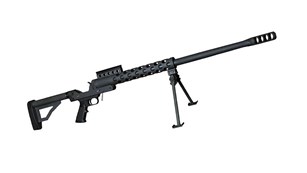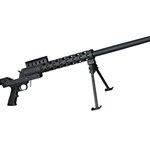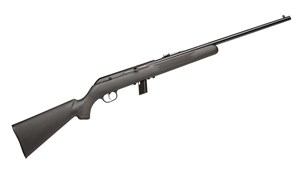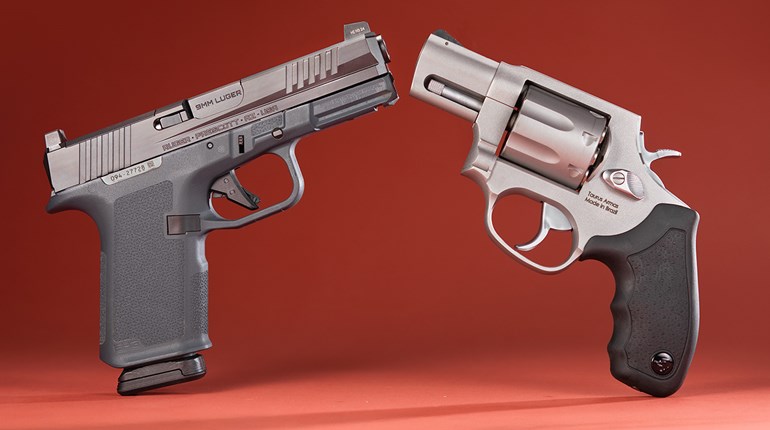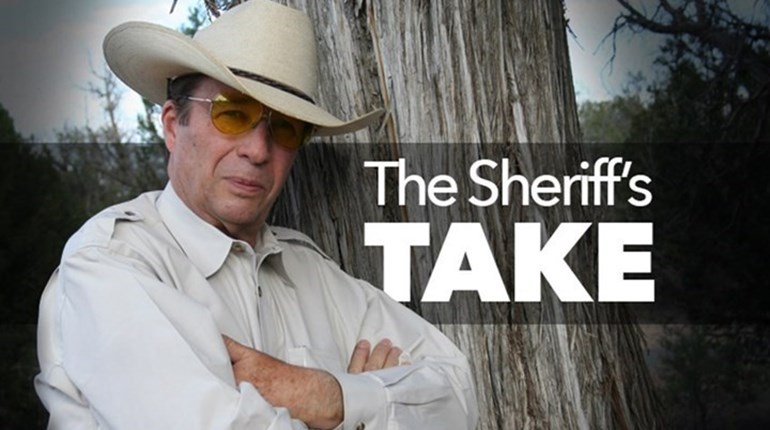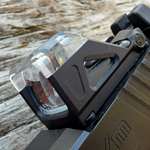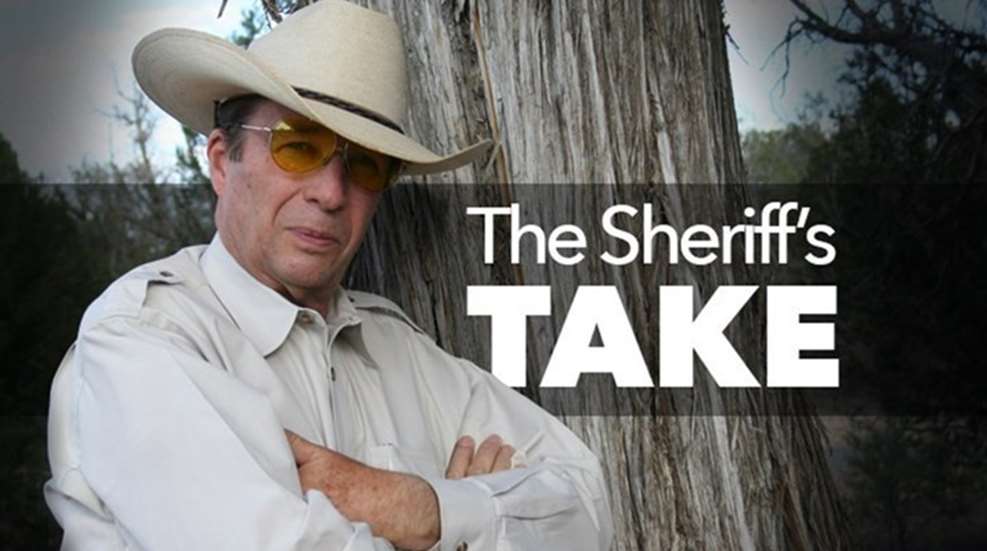
One of my favorite force-on-force scenarios involves partners walking down a trail, maybe out for some late afternoon exercise. As they round a bend, they see an attractive young woman lying by the side of the trail in a fetal position. The first assumption is usually that this woman is sick or has been injured. Frequently, both partners will approach her and try to get her to tell them what is wrong.
The "bad guy" is hidden in the woods to their left. And, it is usually quite a surprise when he appears. He will also usually get off the first shot. The reality of the scenario is that they woman lying by the trail is actually an accomplice set up to serve as a decoy and draw the partners’ attention away from the threat.
The obvious lesson is that the defensive partnership is weakened if both partners focus on the same threat. Of course, initially, both are going to look at the problem. But, as one partner moves to deal with that problem, the other should move into a supporting role. It is time to create a bit of distance from the other partner so as not to create one target area and scan the surroundings. In this scenario, when students took these steps, the scanning partner nearly always saw the gunman the moment he started to move from cover and was able to successfully deal with the problem.
It is not as easy as it might seem for partners to take supporting roles in potentially threatening situations. First of all, there has to be an element of trust—that your partner is willing and able to do their part. It is based on a strong sense of trust.
Trust comes from training and practicing together. It also comes from having discussed various threatening scenarios and the roles that partners will have to play. It is through this training and discussion that we develop the team plan for dealing with a potential threat. It helps us to create signals that can alert our partner as to what is going on. It helps us to create diversions that can throw the advantage to our side.
It is never enough just to say that we are defensive partners. We have to learn to communicate with each other. We have to learn to formulate defensive plans that rely on each other’s individual strengths. In short, we have to develop the ability to work as a team through training, practice, and planning. If not, then we are just two victims.






